Back in February 2018, I posted the first Keppler’s Vault article which I created as a way to make available some old photography articles I found online which I thought others would find interesting.
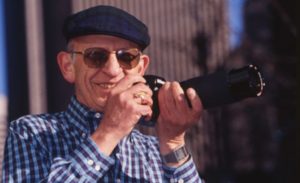
The first Keppler’s Vault was from the February 1953 issue of Modern Photography and was all about shooting the 1952 Olympics. Although Herbert Keppler didn’t actually write that first article, I named the series after him as he was responsible for many of the best film photography articles of the 20th century. From his first article in the December 1950 issue of Modern Photography, to his time working for Popular Photography, if you were a photographer or in any way interested in cameras, lenses, or photography, it is highly likely you’ve read something written by him.
The source for what would become the Keppler’s Vault series was a depot of high resolution scans from old camera magazines by a man named Marc Bergman. When I first had the idea of reposting his scans, I only knew him then by his Flickr name, shotput888, so I contacted him through Flickr mail, introduced myself, and explained what I wanted to do. I asked him if he had any problem if I reposted his scans and wrote short summaries about what was in the article for my little camera review site. Marc loved the idea and gave me his blessing for whatever I wanted to use.
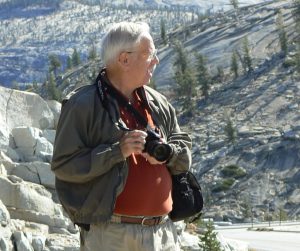
It wouldn’t be until almost a year later that I would learn his real name and actually get in contact with him through email. In addition to scanning all of the articles which I’ve used, Marc was also terrific about finding things for me. With such a library of back issues of so many magazines, Marc had a limited amount of time and patience to scan everything, so sometimes there would be something I was searching for that I couldn’t find and I would ask him if he had anything that could help me, and every single time I did that, I would get an email from him not with a single article, but usually a whole lot of articles from various magazines, ads, and even little clippings from buyer’s guides he would find.
This summer, I found out Marc had passed away after I noticed his updates had stopped. I sent him an email asking if everything was OK and I received an email from his brother delivering me the terrible news. I wrote a short Memoriam for him here back on July 14th.
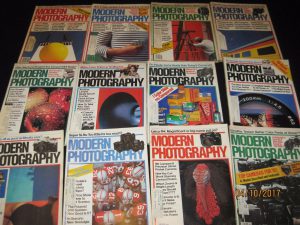
Without a source for future Keppler’s Vault articles, and the looming 100th post in the series, I decided that the time had come to move onto something else. For this, the 100th and final Keppler’s Vault article, I wanted to share a couple articles I had found that for one reason or another, I never wrote about. Perhaps the articles were too short, or I thought they might be more interested if paired with something else. Now that my source for future articles is gone, I felt I should take this last opportunity to share with you five articles from various issues of Modern and Popular Photography that you might find interesting.
This first article comes from the January 1966 issue of Camera 35 and details a number of available 35mm half frame cameras from AGFA, Canon, Fujica, Minolta, and Olympus, along with tips and tricks to get the most out of images from these cameras. With currently available film stocks having finer grain and able to capture more detail than film stocks of the past, a smaller 18mm x 24mm image doesn’t have the limitations of similar cameras from earlier in the 20th century.
The article goes into a technical explanation about lines of resolution suggesting that prints as large as 10 inches by 15 inches are possible without losing much detail. This type of highly detailed info likely went over the heads of most casual readers, but is a fascinating glimpse as to what “pixel peeping” might have been like in the 1960s.
Unfortunately, when Marc originally scanned this in, he missed the final page of the article, which would have been on page 63 of the original magazine. Had Marc still been around, I likely could have asked him to go back and scan that page for me, which he would have gladly done, but for now, what we have here is likely all we’ll ever see.
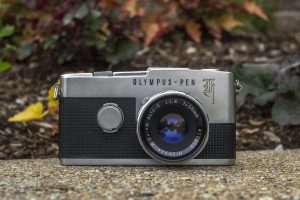 This next one is a short article from the July 1956 issue of Modern Photography about early action photography from the 1800s. I came back to this article many times wanting to write more about it, but never did as I felt it was too short and offered limited detail into the images included. I also felt that although many of the images in the article were very cool, the low resolution of the original magazine article even after scanning were pretty low resolution, limiting the appeal of an article like this.
This next one is a short article from the July 1956 issue of Modern Photography about early action photography from the 1800s. I came back to this article many times wanting to write more about it, but never did as I felt it was too short and offered limited detail into the images included. I also felt that although many of the images in the article were very cool, the low resolution of the original magazine article even after scanning were pretty low resolution, limiting the appeal of an article like this.
Each time I would create a new Keppler’s Vault, I liked to have some commentary of my own along with other supporting material on the same subject that I could find, and for this one, there just wasn’t a lot, so it always sat in the “maybe pile”.
So while this Beaumont Newhall article never made it into it’s own Keppler’s Vault, you can finally see it here.
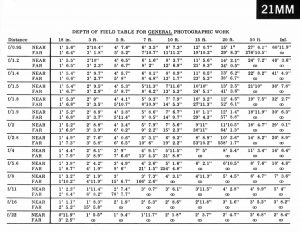
Depth of field tables are one of those things that can be incredibly useful for photography in whcih a rangefinder or SLR is not ideal, and fast action sequences need to be captured without needing to, or having the time to precisely focus the image at the moment of exposure. If you know the depth of field of your lens at a given f/stop, as long as your subject is within that range, you can freely fire off the shutter and know you’ll get a properly focused shot.
Today, there are online calculators and interactive tools you can do that can calculate the depth of field of any lens, at any distance, on any size camera with ease. Back in November 1961, people needed to rely on printed charts found in books or magazines. I really never intended on doing a whole article about Depth of Field as it’s a rather dry subject, but kept this huge list of tables in case I ever needed them.
While these tables can still be used today, I find their existence more fascinating as a way to look back at the resources that photographers back then would have needed. I am sure at least a few people who originally saw this article, tore out some of these pages and kept them in their camera bag for when they needed them as a reference.
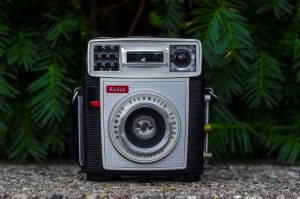 This next article is from July 1960 and explained how different kinds of automatic exposure worked back then. With the rise in popularity of “Electric Eye” cameras like the Bell & Howell Electric Eye 127 and Kodak Brownie Starmatic, many people likely assumed that automatic exposure was some sort of magic, and this article aims to explain how it all works.
This next article is from July 1960 and explained how different kinds of automatic exposure worked back then. With the rise in popularity of “Electric Eye” cameras like the Bell & Howell Electric Eye 127 and Kodak Brownie Starmatic, many people likely assumed that automatic exposure was some sort of magic, and this article aims to explain how it all works.
I found the information in this article to be very interesting, although a bit technical, and low on the narrative side. I had always intended to pair this article with a future Auto Exposure article, should I ever find one.
I never could find anything worthy of using this one with, so it was never used, until now.
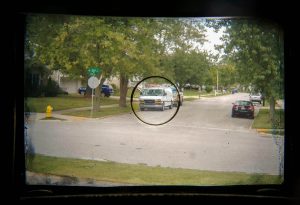
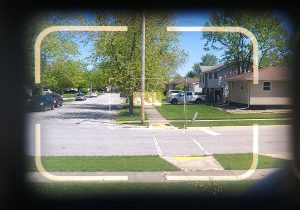
Finally, we have this article from September 1955 which explains the pros and cons of SLRs over Rangefinders. Although 35mm Single Lens Reflex cameras had existed since the 1930s, these early SLRs had many different draw backs such as very dim viewfinders, the lack of an instant return mirror, or automatic diaphragms, which made their operation very slow and unappealing to those used to rangefinders.
By the mid 1950s, SLRs improved dramatically and at the time this article was written, people in the market for a new camera, likely took a serious look at SLR models and this article does a pretty good job of laying out the differences.
Much like the previous Auto Exposure article, this one is a little light on info, mainly relying on images to get it’s point across. I always imagined this would be a good supplementary article to something else that went into greater detail about the differences between SLRs and rangefinders, but that article never happened.
So there you have it, one-hundred Keppler’s Vault articles, with 100+ high resolution scans of articles from as far back as the 1930s to the 1980s.
For fun, here’s some Keppler’s Vault facts:
Oldest Article – Keppler’s Vault 76 – Arthur “Weegee” Fellig from the December 1937 issue of Popular Photography
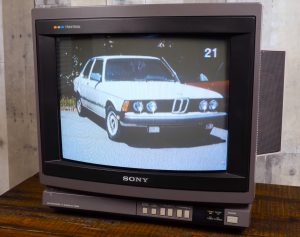
Most Recent – Keppler’s Vault 86 – Electronic Still Photography from the February 1986 issue of Modern Photography
Articles by Decade
1930s – 1
1940s – 4
1950s – 46
1960s – 33
1970s – 11
1980s – 10
All scans used with permission by Marc Bergman, 2021.

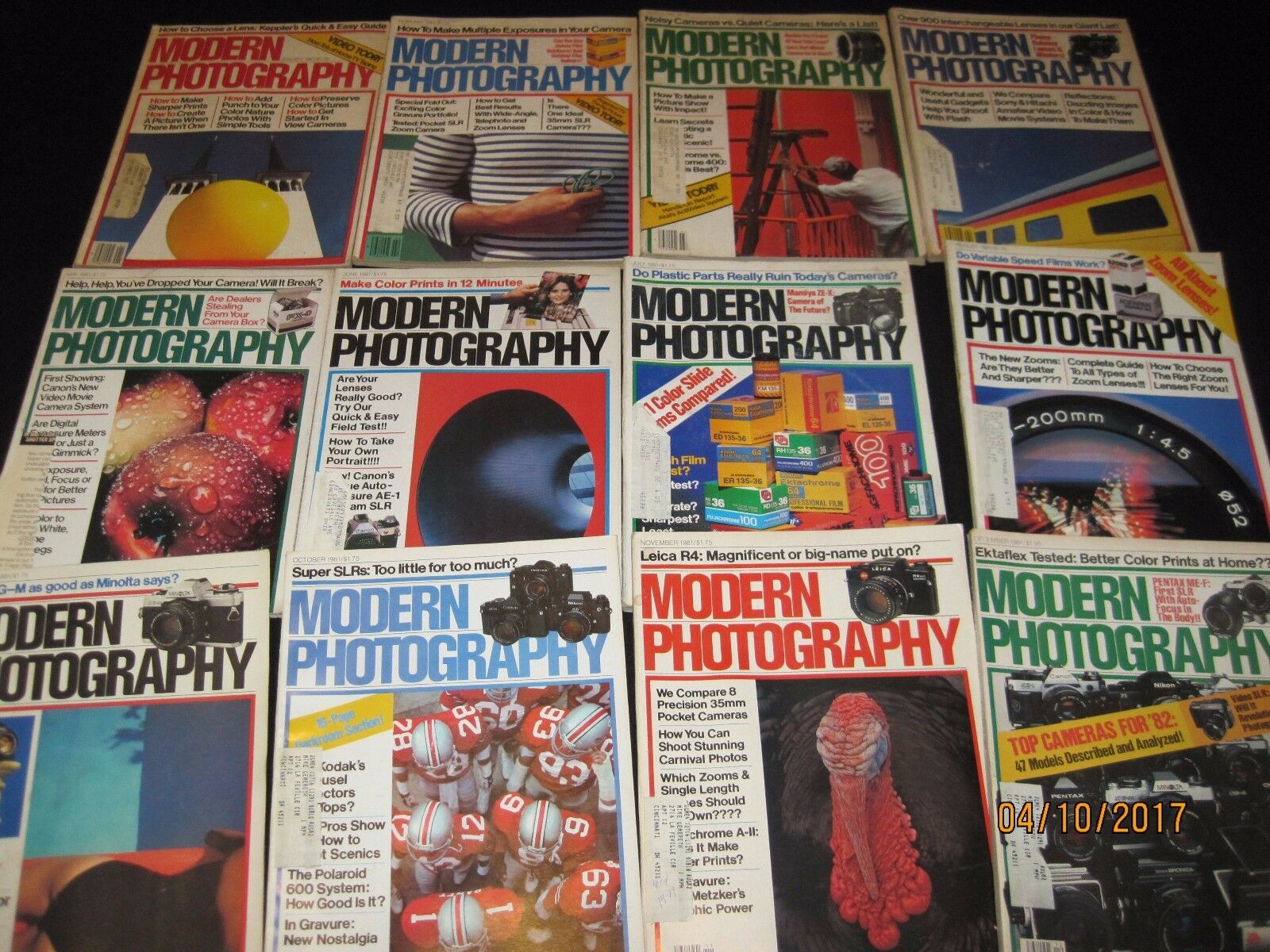
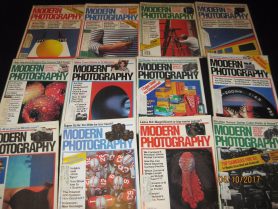
Your Keppler’s Vault articles have always been fascinating. It really is a great shame that with the passing of Marc Bergman the curtain must come down on what has been a very intriguing series or articles.
I feel that there is a difference of perspective between people of a certain age, such as I, and who were hobby photographers during much of the periods the articles covered, and simply looking backwards in history to events one has no experience of. This is true of a lot of life, of course, but experiencing the technology as it advanced can’t be replicated by reading about it. So for me, reading the articles did take me back to a bygone era remembering my responses to the developments, such as improved AE and True TTL metering, the impact of cameras with AF, or becoming truly little pocket wonders like the the Rollei 35 series or the more advanced Ricoh GR1 with AF and AE.
Unlike today, when cameras and mobile phones seem to hit the shelves at the pace of an express train (and the technology no longer surprises us) back then things really did. And there was such a choice, unlike today when we think we have a wide choice, but just look at the handful of companies providing that choice, and one may see what I mean.
Were things back then technically superior? Unlikely, but I’d argue it was a more interesting time.
Anyway, Mike, thanks for all your Keppler’s vault articles.
Thanks for the comments, Terry. I agree that the differences in perspectives from generation to generation is what makes these articles so fascinating. You are absolutely right, the constant barrage of incrementally better digital cameras has all but ruined the genuine excitement of something new coming out. While I love the images I can get with modern digital mirrorlesses, they seem sterile and predictable. I prefer the unexpectedness of using film cameras. Theres much more of a thrill getting a good image from a lesser camera than one I know that will produce technically perfect images 100% of the time.
In regards to future articles, I am sure I will still come across stuff to share, and who knows, maybe someone else will start scanning articles in like Marc did, and I can continue. Only time will tell!
Such knowlede based articles are worth to be archived, we can learn a lot of them.
Best regards
Bernhard
Thank you for posting all of these, and to Marc for digitizing everything. May he rest in peace.
I’m a bit late into posting on this Mike, I have been reading your Kepplers Vault on & off for some time and have really enjoyed them. ( Too many interest’s and too little time and I’m retired- I don’t know how you cover all you do) I subscribed to Modern Photography back in the 70-80’s and felt like my arm and had been cut off when it ceased publication. I really looked forward to it dropping into my letter box here downunder in NZ every month and turned straight to Keppler on the SLR and Jason Schneider’s camera collecting column and then devoured the rest of the issue. I still have most of those 15-20 years of Modern Photography in storage. Great shame that Marc has passed on but we can be grateful that he scanned all he did. Keep up the good work. Richard
Glad you enjoy them! Yes, Marc got through 1971, and then had some intermittent years scanned from the 70s and 80s. There are a few years I would really like to see though as I think it would round out a few articles and releases of cameras that came out during that time. I wish I had access to those back issues, so I could scan them myself! Still, 100 of these articles is nothing to shake a stick at! 🙂